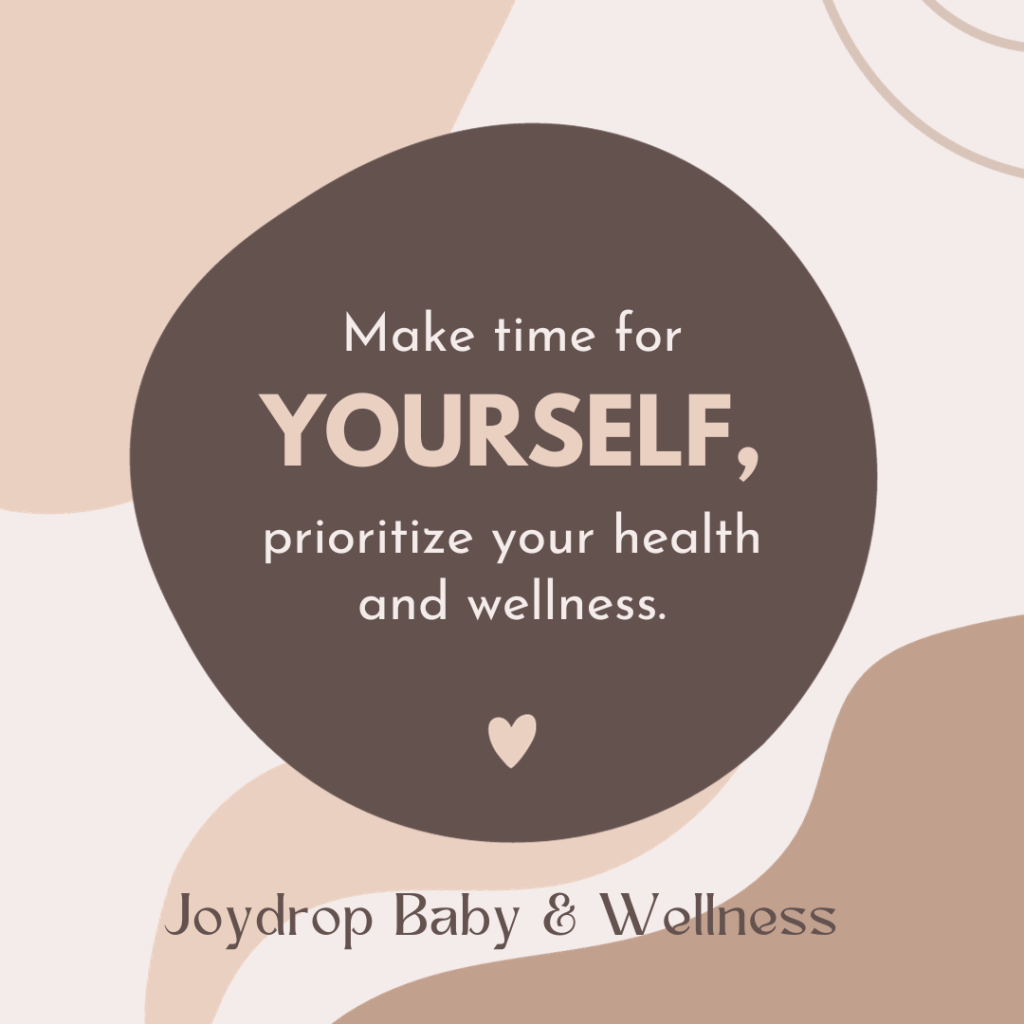Cardiovascular disease is the leading cause of maternal death in the U.S., or more simply put, heart disease is the No. 1 killer of new moms. It can pose a threat to women’s heart health during pregnancy and later in life, making it important that women understand how to care for themselves and their baby. (AHA)

Interested?
Book a free online consultation
Heart Health Matters for you & your baby.
Making sure that you take care of yourself prior to getting pregnant is of great importance, because if your in good health that means that your sweet bundle of joy will have a great start at life. What are some of the things you can do to get started with have a heart healthy pregnancy.
Follow these 4 tips to improve your wellness before pregnancy.
- Find a good health care professional.
Making health a priority is important for a safe pregnancy. First, get a checkup. Discuss your pregnancy plans with your health care professional. And don’t shy away from discussing any medical concerns and your family history. - Know the risk factors for heart problems
All women can benefit from improving their health before conception. But this is especially true if you have underlying medical conditions that might make heart problems more likely. Such conditions include obesity, diabetes or a family history of cardiovascular disease.
Other factors that affect your heart health include:- High blood pressure
- Smoking
- Sedentary lifestyle
- High cholesterol level
- Being overweight (even without obesity)
- Previous pregnancy-related complications
- Make healthier choices.
Adopting a healthier lifestyle goes a long way in preventing heart disease. If you’re planning to conceive, here are ways you can improve your heart health:
- Stay physically active as recommended by your health care team. This can reduce your high blood pressure and diabetes risk. Exercise can also help you control your cholesterol. And it helps manage stress, which can take a toll on heart health.
- Eat a nutritious diet with fruits, vegetables, lean meats and limited salt.
- Stop smoking and avoid secondhand smoke. This will greatly reduce cardiovascular disease risk.
- Get enough sleep. Women with sleep problems are more prone to cardiovascular and other complications.
- Manage stress. Find ways to relax.
Learn more about major risk factors for heart disease and how to reduce your risk.
- Stay physically active as recommended by your health care team. This can reduce your high blood pressure and diabetes risk. Exercise can also help you control your cholesterol. And it helps manage stress, which can take a toll on heart health.
- Manage medical conditions before pregnancy.
Besides making healthy lifestyle choices, some women, including those with existing heart disease, may need specialized care or monitoring, which can last from before conception until after childbirth. Pregnancy can worsen some conditions and be dangerous for both a woman and her developing baby.
When talking to your health care team, be sure to:- Discuss all medications before getting pregnant. Women taking some drugs should not become pregnant while on them. These include ACE inhibitors and ARBs for high blood pressure. But never stop taking a prescription medication without consultation.
- Mention vitamins and supplements you are taking. Some prenatal supplements might raise your blood pressure.
- Find ways to control high blood pressure. Besides appropriate medications, lifestyle changes can also help.
- Lose weight if advised to do so. Take extra precautions over age 35. Risk is higher for premature delivery, diabetes and other problems in older women. Your health care team can guide you.
- Discuss all medications before getting pregnant. Women taking some drugs should not become pregnant while on them. These include ACE inhibitors and ARBs for high blood pressure. But never stop taking a prescription medication without consultation.
Your message has been sent
Let’s chat
Questions, Comments are anything about our doula services and having a safe and healthy birthing experience, please fill out the form.
Located downtown in Midtown.
